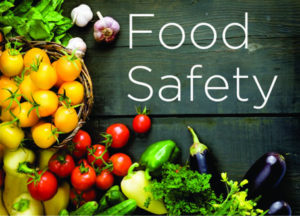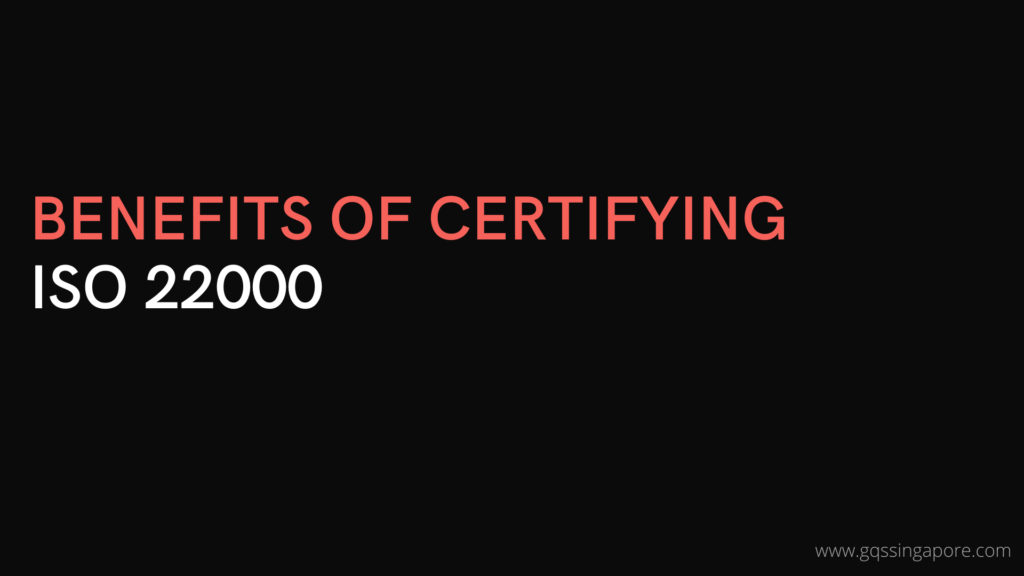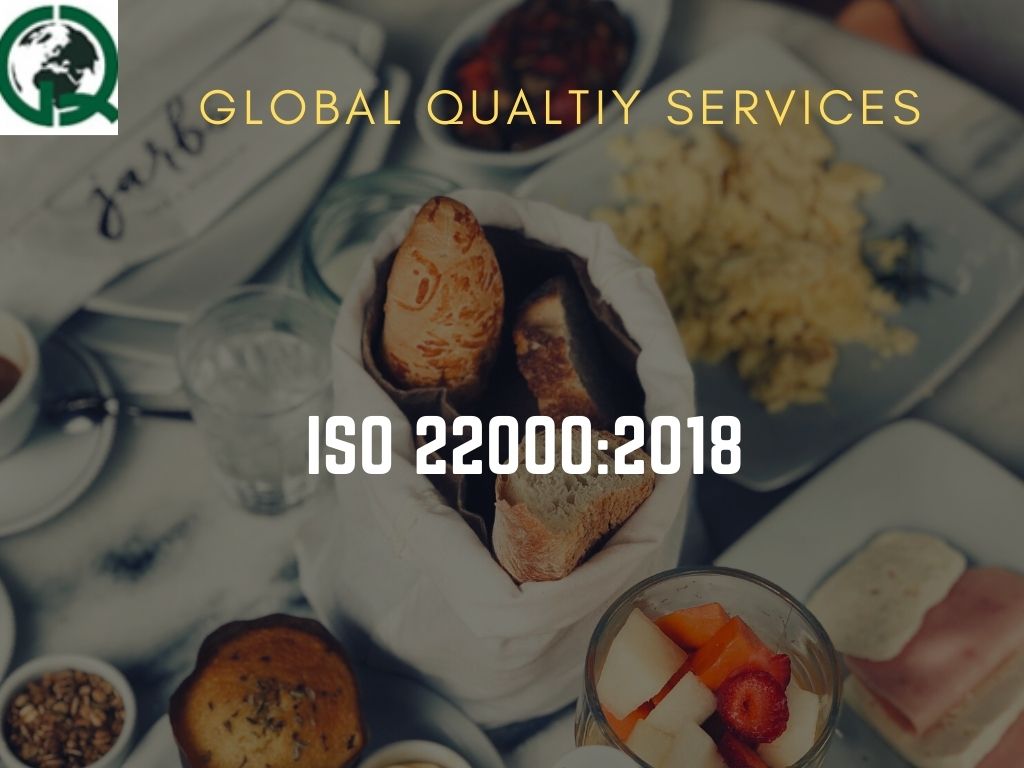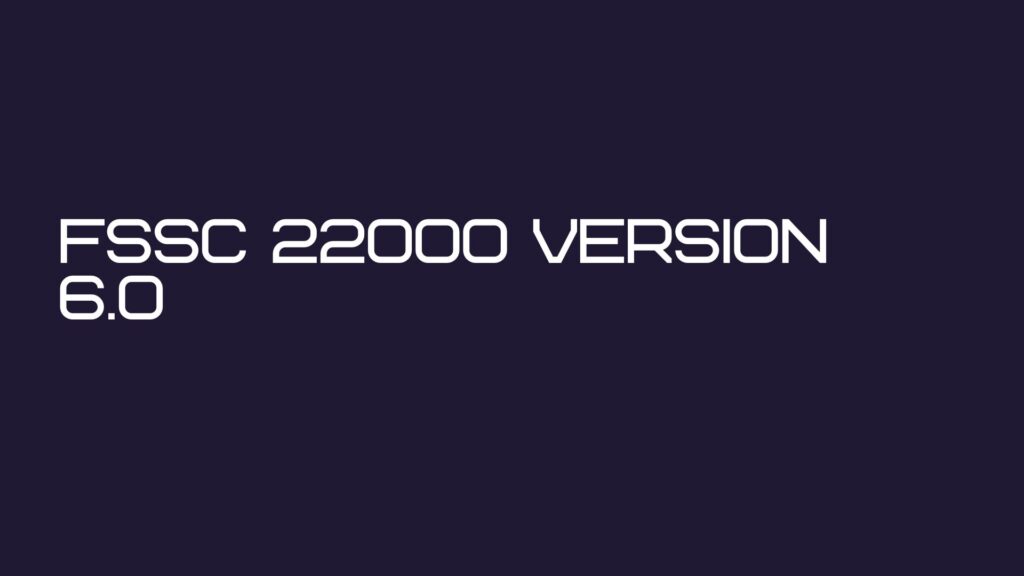
FSSC 22000 Certificate, FSSC 22000 Certification Singapore, FSSC 22000 Training Singapore, Malaysia, Indonesia
FSSC 22000 Version 5.1 , ISO 22000:2018 Certification Singapore Manila Penang
HAZARD, THREAT AND VULNERABILITY ANALYSIS &
DECISION TREE – DETERMINATION OF CCP, TACCP, VACCP and OPRPs
The HACCP follows seven principle guidelines:
- Conduct a hazard analysis.
- Identify the Critical Control Points (CCPs), TACCP, VACCP
- Establish critical limit(s).
- Monitor CCP, TACCP, VACCP
- Establish the corrective action to be taken.
- Verification
- Record Keeping
Determination of OPRP and CCP is a critical activity when it comes to food safety. Hazard analysis and critical control point decision trees are tools that help an organization decide whether a hazard control point is a critical control point (CCP) or operational pre-requisite program (OPRP).
WHAT IS CCP, TACCP, VACCP OPRP ?
ISO 22000 defines
CCP as step in the process at which control measures is applied to prevent or reduce a significant food safety hazard to an acceptable level, and defined critical limits and measurement enable the application of corrections.
TACCP is the acronym for Threat assessment and Critical control point and VACCP is the acronym for Vulnerability assessment and critical control point.
OPRP as control measure or combination of control measures applied to prevent or reduce a significant food safety hazard to an acceptable level, and where action criterion and measurement or observation enable effective control of the process and/or product.
The purpose of a decision tree is to:
- Help an organization to evaluate whether the hazard requires more food safety controls.
What type of model are you using – CODEX or your own model ????
ISO requires the critical limits defined for CCP are measurable and the action criteria defined for OPRP measurable or observable.
KEY STEPS INVOLVED IN DECISION TREE:
An assessment for each control measures must be made to determine if controls are TACCP, VACCP, CCP or OPRP. So, organization need to evaluate:
- The probability of failure and how easy it is to keep it under control
- The severity of the failure.
- Whether its specific for that particular hazard.
- If any other measure is required to bring the hazard to an acceptable limit.
- The viability to establish measurable critical limits and/or action criteria.
- The feasibility of monitoring to detect failures on the applicable determined limits and also corrections in case of failure.
- Keep records of the decision-making process.
Following elements are included in the hazard control plan for identified TACCP, VACCP CCP’s and OPRP’s:
- Type of food safety hazard (Physical, chemical, microbial, allergen) controlled with this TACCP, VACCP, CCP or OPRP
- Control measures implemented.
- Critical limits or action criteria in place.
- Monitoring of the activity.
- Identification of Corrections and corrective actions if critical limits or action criteria is not met.
- Records to be retained as monitoring evidence.
If you are an organization involved in food chain and want to use decision tree to determine the risks in the food industry located in Singapore, Manila Philippines, Yangon Myanmar, Penang drop an email at [email protected]





